Birthdate Magic Square by Chris Wasshuber
- Product Code: I3522B
- Reward Points: 10
- Availability: In Stock
- $21.50
-
$2.99
- Price in reward points: 299
A spectator populates a row of a 4x4 square with any four numbers. You fill out the remaining 12 squares in seconds to construct a magic square. Does not require any math.
This has become my favorite impromptu magic square effect, because it is easier than a classic magic square - there is literally no math, unless you consider counting up or down by one math - and it produces a stronger effect with spectators. Thus a win-win all around.
The effect: Take any piece of paper, for example the backside of a restaurant receipt, and draw an empty 4x4 square. Then ask a spectator to fill in any four numbers in the bottom row of the magic square. Suggest that this could be his or her birthdate, or some other date of significance, or any numbers they like. The numbers entered can truly be anything. Then ask the spectator to add up his four numbers. While they add up the numbers you fill out the remaining 12 squares. Typically you will be faster filling out the squares than the spectator is adding up their numbers. The reason for the speed is that there is zero math to do. And the little bit you have to remember is so trivial and symmetric that it is hard to forget once you read the instructions. Once the spectator has calculated the sum you present the magic square in that sum. That is all rows, columns, diagonals, sub-squares, etc. add up to the same value.
Additionally you will learn a more flexible method that allows you to have the spectator fill in four numbers in other places (any row, column, diagonal, etc.). This means you are not anymore restricted to the bottom row. While I personally have never found this restriction to be a problem, you will learn a method that will give you a lot of freedom to present this effect. This more flexible method is a bit harder to do and requires a little bit of math and a bit more to memorize, but it is still not a big challenge and can be learned by anybody.
Bonus: "The Magic Diamond", two routines, one for 4x4 magic square and one for a 5x5 magic square by Werner Miller. I particularly like the version for a 5x5 magic square because the method couldn't be any simpler and a 5x5 magic square could be performed as a second phase - a further complication - in a magic square routine.
- Introduction
- The Simple Method
- A More Flexible Method
- The Base Magic Square
- The Four Zones
- The Algorithm
- Variations & Suggestions
- The Magic Diamond (Werner Miller)
- The Magic Diamond 2 (Werner Miller)
- Prior Art
1st edition 2019, 15 pages.
word count: 2769 which is equivalent to 11 standard pages of text
Reviews (0)
Related Products
Magic Squared by Andi Gladwin
Andi Gladwin - Magic Squared NO GIMMICK!!Andi Gladwin's highly acclaimed close-up and parlor ma..
$1.99 $5.99
Symbolicus (A Mental Routine) by Alexander De Cova
You display a big envelope with a prediction. Two spectators assist you with this experiment. You di..
$1.99 $6.68
Cubic by Francis Menotti
We absolutely love Francis Menotti.He comes up with material NOBODY else would possibly think of,and..
$1.99 $5.99
The Vault - Renaissance Square by Max Giaco
A new take on the classic Magic Square!This is a tribute to Leonardo da Vinci and the book "The Powe..
$1.99 $3.99
Refill for Insta Square by Martin Lewis
50 more refills for your Insta-SquareYou show a blank grid, drawn on your pocket notepad, and a..
$1.99 $6.99
Mostly Perfect by Michael Daniels
Mostly Perfect / Perfectly Possible: ComboMostly Perfect is an instant 4x4 magic square presentation..
$0.99 $3.99
Further Tricks Without Names by Werner Miller
Minor math-based tricks and procedural surprises.Enjoy another free sample of Werner Miller's creati..
$0.00 $2.01
Recommend
The Corporate Mentalist by Scott Creasey
For the first time outside of his lectures, Scott reveals one of his pet effects,Tarot in your Pocke..
$1.99 $6.78
Number 5 by Scott Creasey
Number 5is the culmination of many years spent searching for a simple to remember, impromptu routine..
$1.99 $6.78
My Q And A by Scott Creasey
A full 30 minute act that you can carry in your pocket and perform in almost any standup situation,M..
$6.99 $12.98
Mental Magic Ism by Scott Creasey
Scott has a working repertoire of approximately fifty routines which he mixes and matches as the occ..
$3.99 $8.48
Lost Luggage And The Close Up Cabaret by Scott Creasey
What do you do when the luggage containing your props goes to Murcia as you arrive for an important ..
$2.99 $7.68
Escape by Scott Creasey
Known for his work in the field of mentalism, it may come as a surprise (unless you attended his fir..
$2.99 $8.48
Bip Book 2.0 by Scott Creasey
EffectBIP 2.0 - Upgraded for use anywhere in the world and with a new killer finale.Imagine handing ..
$5.99 $13.48
Day One by Scott Cram
The classic "Day For Any Date " feat has been updated!Day Oneis a new approach to appearing as a hum..
$2.99 $6.78
Scott Alexander Penguin Live Online Lecture 3
” Wow… I’ve never seen magic like that before.” -Michael Jackson “The magic of yo..
$1.69 $4.68
Scott Alexander Penguin Live Online Lecture 2
Site lectures Penguin Live Online Lecture - Scott Alexander 2 Second Annual Spectacular Holiday A..
$2.99 $5.99
Scott Alexander Penguin Live Online Lecture
Site lectures Penguin Live Online Lecture - Scott Alexander One of the busiest professionals in ..
$2.99 $5.99
Velocity by Scott Alexander
Scott Alexander - Velocity The audience Magic shot paintball war games , magician mouth can catc..
$1.99 $4.99
Unicorny by Scott Alexander
Scott did a killer lecture at the Magic Castle in Hollywood recently to rave reviews. He is now rele..
$5.99 $12.48
The Final Cut by Scott Alexander
no gimmick !! The Final Cut by Scott Alexander and Bob Kohler No Reserve item will go the the ..
$2.99 $5.12
The Final Answer (1-2) by Scott Alexander
Scott Alexander - The Final Answer (1-2) Without question, Scott Alexander has created the finest ..
$2.99 $5.48
Standing Up On Stage by Scott Alexander
These are the notes from Scott's Stand Up Guy lecture. In these 25 pages he covers how to construct ..
$1.69 $12.98

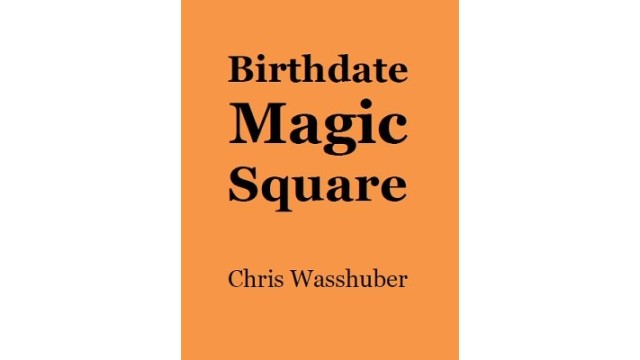








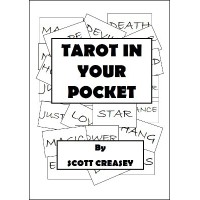
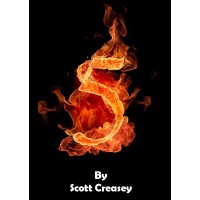
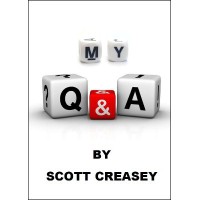
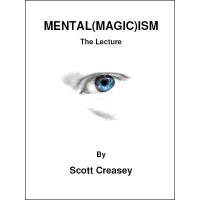


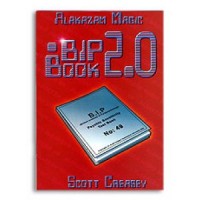
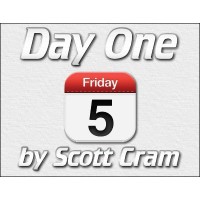




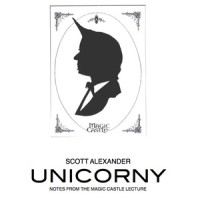
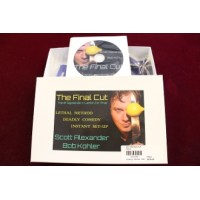
-by-Scott-Alexander-200x200.jpg)
